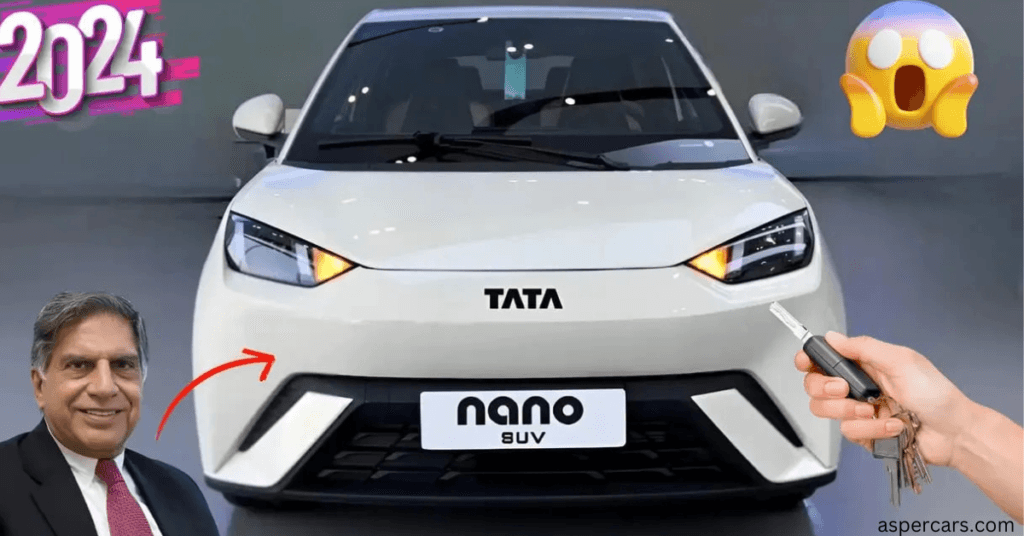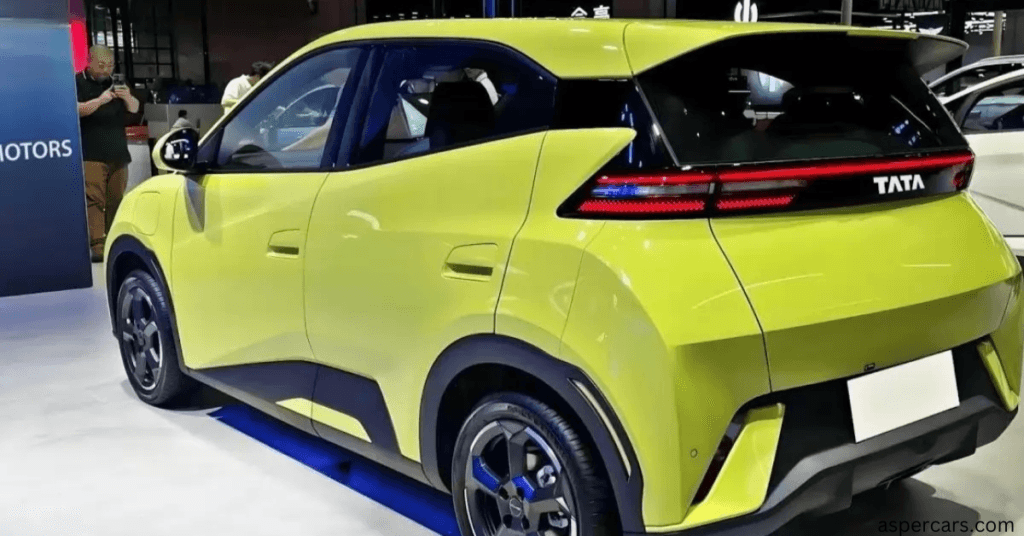Electric vehicles (EVs) are gaining significant traction globally as the automotive industry shifts toward sustainable and eco-friendly solutions. Among these, Tata Motors—a pioneer in the Indian automotive market—has continually innovated to cater to various segments of consumers. The Tata Nano EV, an electric version of the much-talked-about Tata Nano, embodies an effort to combine affordability with the benefits of electric mobility. This article explores the Tata Nano EV’s features, potential impact, and challenges in the Indian EV landscape.

Background and Evolution
The Tata Nano, introduced in 2008, was designed as the “world’s cheapest car.” Aimed at providing an affordable four-wheeler for Indian families, the car gained attention for its compact design and economical price point. However, due to market dynamics, consumer preferences, and other challenges, the Nano did not achieve long-term commercial success.
With the rising demand for EVs and the Indian government’s push for green mobility, Tata Motors has revisited the Nano concept, adapting it for the electric era. The Nano EV is envisioned to cater to urban consumers seeking an economical, eco-friendly, and compact commuting option.
Design and Build
The Tata Nano EV retains the iconic compact structure of its predecessor but with modern enhancements to suit the EV market. Key highlights include:
- Compact Dimensions: This vehicle design suits urban driving conditions because of its compact measurements which enable easy mobility during city traffic and congested parking areas.
- Aerodynamic Modifications: The aerodynamic enhancements improve energy efficiency which leads to better battery performance together with improved functionality.
- Modern Styling: ไปยัง อimedia क:NSMakeRangeEV denies the beauty industry by providing a modern exterior look for eco-aware and youthful buyers while refashioning inside and out designs.
- Lightweight Build: A lighter chassis structure results in better efficiency together with improved battery power and vehicle control.
Performance Specifications
Integration specialists predict the Tata Nano EV will deliver basic operational performance characteristics designed especially for urban travel needs. While official figures may vary, the expected specifications include:
Battery Capacity: A lithium-ion battery system operates between 15 to 20 kWh which offers proper range for daily driving needs.
Range: The electric vehicle offers a driving distance of 150–200 kilometers on a single charge thus serving the needs of urban transportation.
Charging Options: Fast and standard charger compatibility works together to give users convenient charging options.
Motor Output: A modest electric motor delivering adequate power for city driving, with a focus on smooth acceleration and low maintenance.
Features and Technology
Modern technology and practical features found in Tata Nano EV work together to create an improved driving experience. Some key aspects include:
- Infotainment System: A touchscreen infotainment system with smartphone connectivity for navigation, media, and vehicle monitoring.
- Smart Connectivity: The car holds real-time information about its electric power along with remote testing properties and automatic update capabilities.
- Safety Enhancements: Tata Nano EV integrates basic safety features including airbags and ABS and enhanced structural integrity to fulfill present safety standards.
- Eco Mode: Through its Eco mode the system optimizes energy usage to enhance battery performance during a single charge cycle.
Affordability and Market Positioning
The Tata Nano EV finds its major selling point in its reasonable pricing structure. In addition to affordability the vehicle will also focus on customers who require basic electric vehicle solutions. Industry price projections indicate that the Nano EV will start at ₹5–7 lakhs while becoming an affordable choice among Indian electric vehicle options.
The Nano EV achieves its market positioning through affordable pricing to attract both first-time car buyers with small family households and people who need a price-effective city commute vehicle.
Potential Impact on the Indian Market
Urban Mobility Solution: This electric vehicle fits urban populations through its compact dimensions and efficiency characteristics which serve as an alternative to standard automobiles.
Environmental Benefits: The Nano EV’s zero-emission technology helps fight city air pollution in accordance with India’s carbon reduction targets.
Boost to EV Adoption: Tata Motors’ expansion of EVs to all market segments will help drive India’s faster adoption of electric vehicles.
Job Creation: The manufacturing sector of EVs together with its service component creates new job openings that develop local economic growth.

Challenges and Considerations
Despite its promising potential, the Tata Nano EV faces several challenges:
- Infrastructure: India’s insufficient overall charging infrastructure network presents a regulatory obstacle for large-scale EV adoption particularly among residents of smaller urban zones.
- Battery Costs: The cost of Lithium-ion batteries represents a major expense for manufacturers which determines both the final product price and profitability of Nano EV.
- Consumer Perception: For the Nano EV to achieve market success in the electric vehicle sector it needs to break free from its history as an inexpensive car.
- Competition: For successful market entry the Nano EV needs a compelling offering because it will fight against entry-level electric vehicles alongside inexpensive internal combustion engine vehicles.
Government Policies and Support
The Indian government has introduced several initiatives to promote EV adoption, including:
- FAME (Faster Adoption and Manufacturing of Hybrid and Electric Vehicles) Scheme: The FAME Scheme delivers financial support for both electric vehicle buyers and manufacturers.
- GST Reduction: The government slashed GST charges on electric vehicles to lower their prices for customers.
- State-Level Incentives: Additional benefits such as road tax exemptions and free registration in some states.
These incentives allow Tata Motors to provide additional value to the Nano EV which improves its appeal for potential customers.
Future Prospects
The Tata Nano EV stands ready to transform the affordable electric vehicle market in the same way its original model transformed low-cost combustion engine vehicles. Through better battery technology development there is potential for the Nano EV to establish sustainable urban transportation systems in India because of rising consumer awareness and state aid.
Conclusion
Tata Nano EV provides efficient environmental features combined with cost efficiency and small dimensions which address modern Indian purchase demands. Tata Motors’ expertise and dedication to innovation work to transform the Nano EV into a transformative electric vehicle in the evolving market of electric mobility despite ongoing challenges offering charging infrastructure and competing vehicles. Through government policy implementation and active management of operational hurdles the Nano EV holds potential to become a transformative force in India’s shift towards a sustainable transport sector.
Pingback: Tata Safari EV: Tata Safari EV brings revolutionary changes to electric SUV technology. - aspercars.com